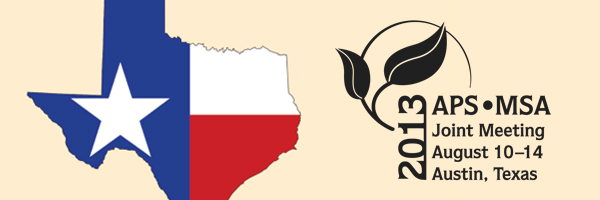APS Homepage
Back

Poster Session: Systematics/ Evolution
© 2013 by The American
Phytopathological Society. All rights reserved.
596-P
Resolving species boundaries in the lichen-forming Peltigera canina complex (Lecanoromycetes, Ascomycota).
C. TRUONG (1), J. Miadlikowska (1), M. Gajdeczka (1), E. Rivas-Plata (1), N. Magain (1), F. Lutzoni (1)
(1) Duke University, Durham, NC, U.S.A.
Morphology alone can confound an accurate understanding of biodiversity, especially when morphological traits are influenced by the environment, or when cryptic speciation is rampant. Our study focuses on the lichen-forming ascomycete Peltigera, a monophyletic genus of more than 90 species that plays a major ecological role in nitrogen cycling. We chose the P. canina complex, a group of ca. 35 species whose phenotypic variation is poorly understood, and in which the potential for finding new or cryptic species is high. We tested if morphologically circumscribed species are supported by molecular data, using ITS rDNA and highly variable non-coding sequences developed using genomic data mostly from other lichen-forming fungi. Simultaneously, we sequenced the rbcLX region of the photobiont partner – the cyanobacterial genus Nostoc – to investigate the level of reciprocal mycobiont-photobiont specificity and its putative role in shaping fungal speciation. We confirmed that hypervariable regions of ITS1 and ITS2 can act as diagnostic characters to differentiate species in all currently described species within the P. canina complex. In addition, several new species were discovered or confirmed. A strong biogeographical signal was detected across the phylogeny, as well as within selected species. Notably, European, North American and Asiatic populations of P. degenii formed distinct monophyletic lineages.